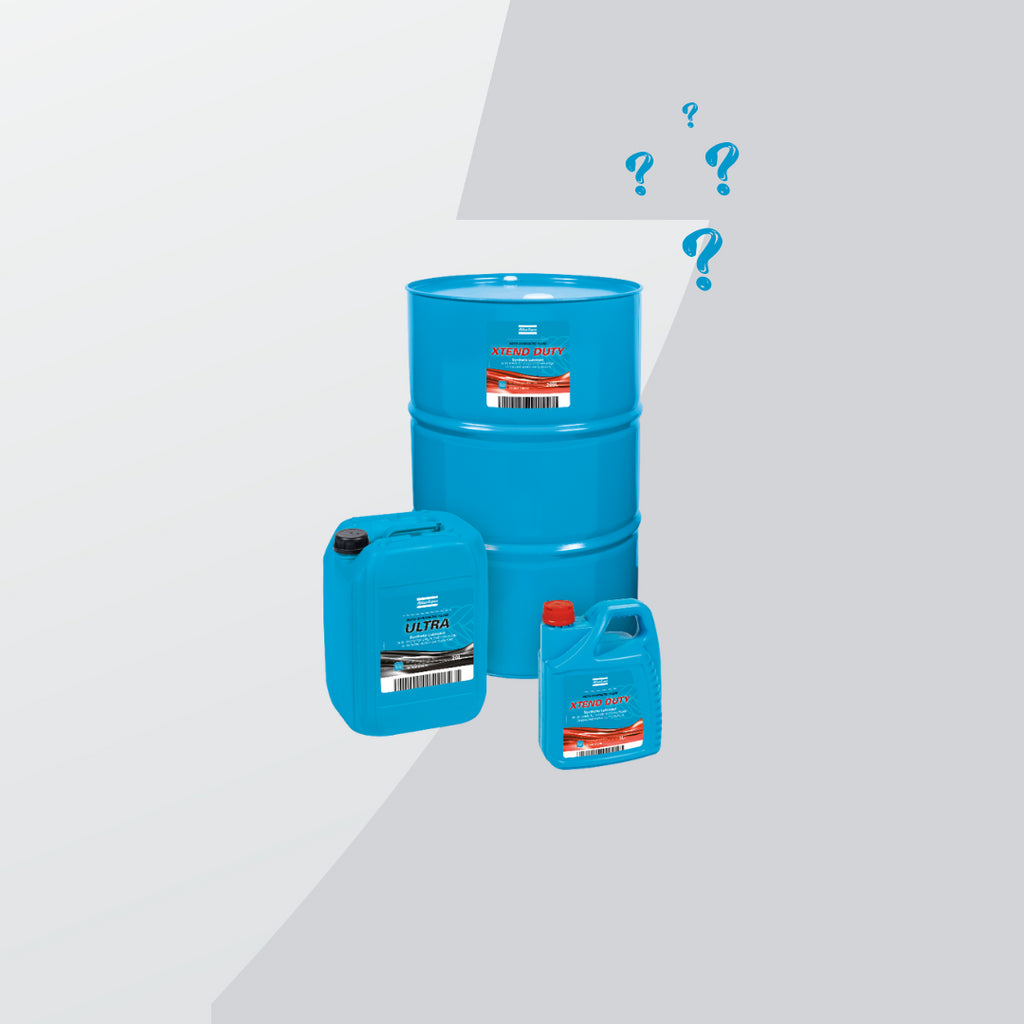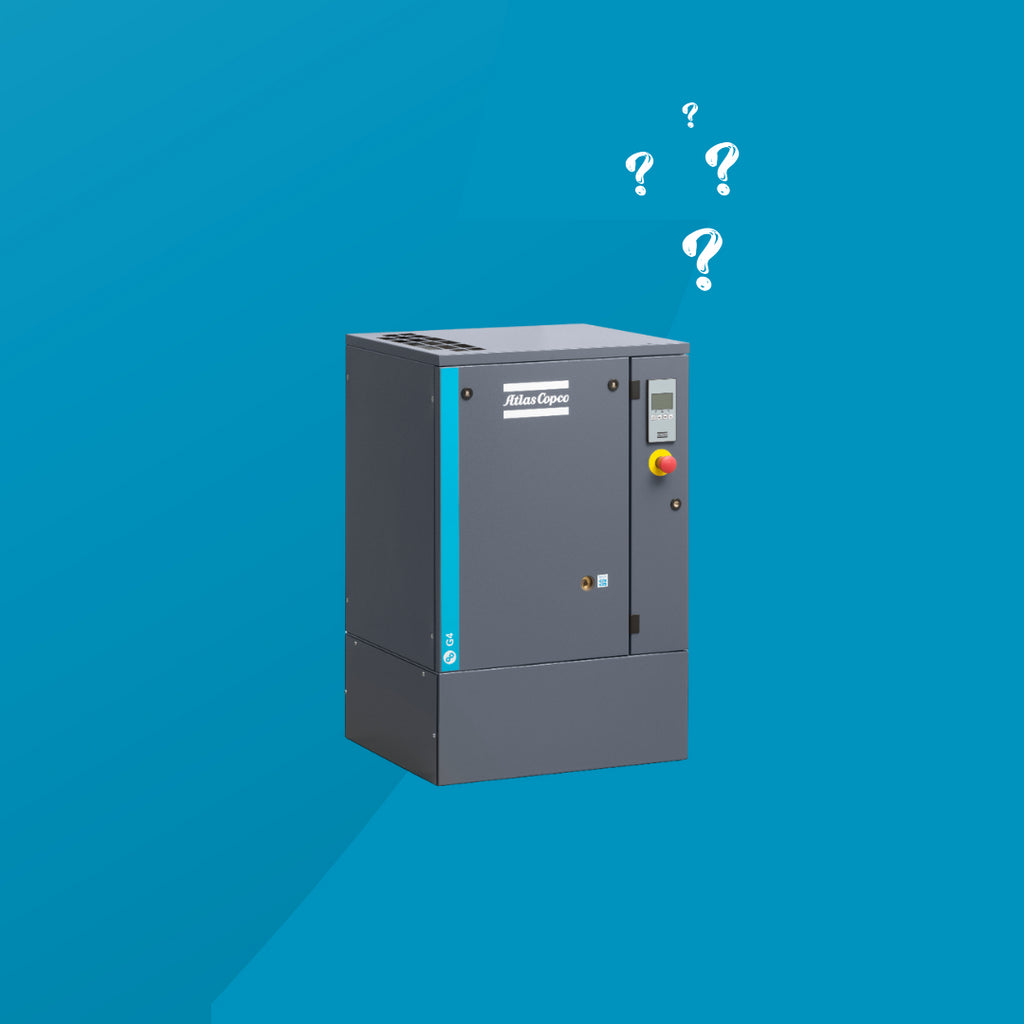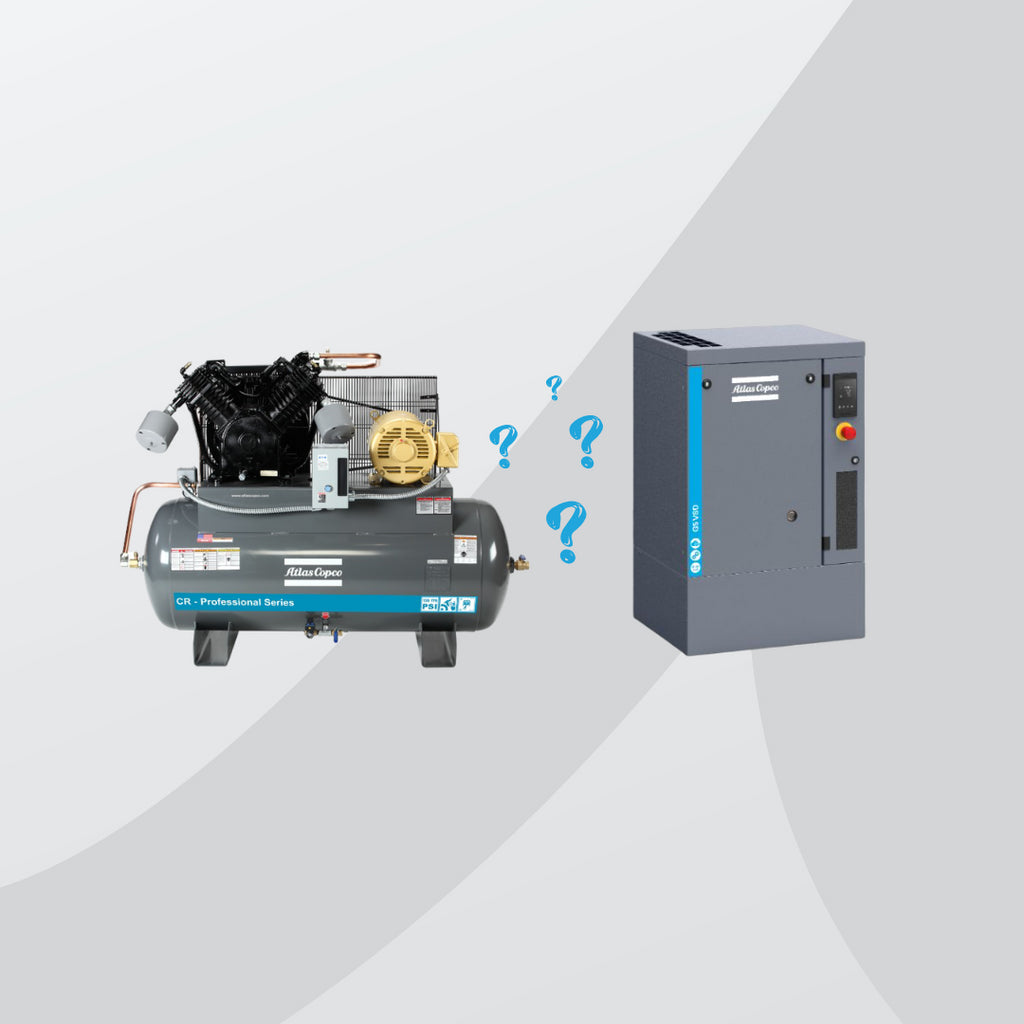Choisir l'huile adaptée à votre compresseur à vis rotative
Publié par EMILY OWEN le

Pour l'entretien de votre compresseur à vis rotatif , le choix de l'huile appropriée est crucial pour optimiser ses performances et sa durée de vie. Face à la multitude d'huiles disponibles sur le marché, comment s'y retrouver ? Examinons les principaux critères à prendre en compte pour choisir l'huile idéale pour votre compresseur à vis rotatif . Comprendre les degrés de viscosité L'un des facteurs les plus importants à prendre en compte lors du choix de l'huile pour compresseur est sa viscosité. Celle-ci détermine la résistance de l'huile à l'écoulement et joue un rôle essentiel dans la lubrification. Différents modèles de...
Conseils d'entretien pour les compresseurs à vis rotatifs lubrifiés à l'huile
Publié par EMILY OWEN le

Les compresseurs à vis rotatifs lubrifiés sont indispensables à de nombreuses applications industrielles, car ils fournissent une source fiable d'air comprimé. Pour garantir la longévité et l'efficacité de votre compresseur, un entretien régulier est essentiel. Voici quelques conseils d'experts pour assurer le bon fonctionnement de votre compresseur à vis rotatif lubrifié. Vérifiez et changez régulièrement l'huile. L'une des tâches d'entretien les plus importantes pour les compresseurs à vis rotatifs lubrifiés est la vérification et la vidange régulières de l'huile. Avec le temps, l'huile peut se contaminer avec des saletés, de l'humidité et d'autres impuretés, ce qui peut réduire l'efficacité du...
Installation de votre compresseur à vis rotative : ce dont vous avez réellement besoin
Publié par EMILY OWEN le

L'installation d'un compresseur à vis rotatif peut paraître complexe, mais avec les bons conseils, elle se déroule sans problème. Voici les étapes essentielles à suivre pour installer et mettre en service votre compresseur à vis rotatif. 1. Emplacement, emplacement, emplacement Choisir l'emplacement idéal pour votre compresseur à vis rotatif est crucial pour ses performances et sa durée de vie. Assurez-vous de le placer dans un endroit bien ventilé, avec suffisamment d'espace autour pour une bonne circulation de l'air. Évitez les zones à forte humidité ou à températures extrêmes, car cela peut nuire à son efficacité. 2. Installation correcte Lors de...
Passez à un compresseur d'air haute efficacité Atlas Copco pour réduire les coûts
Publié par EMILY OWEN le

Vous souhaitez remplacer votre compresseur actuel d'une autre marque que Atlas Copco ? Le programme AirSwap offre une solution simple et efficace pour vous aider à passer à un nouveau compresseur Atlas Copco à haut rendement. Lisez cet article pour en savoir plus.
Comment dimensionner un compresseur à vis rotatif pour votre entreprise
Publié par EMILY OWEN le

Lorsqu'il s'agit de choisir le compresseur d'air à vis idéal pour votre entreprise, la taille est essentielle. La taille du compresseur influence directement son efficacité, ses performances et sa rentabilité globale. Mais comment déterminer la taille adaptée aux besoins spécifiques de votre entreprise ? Examinons les facteurs clés à prendre en compte pour le dimensionnement d'un compresseur d'air à vis. Quel est le débit d'air requis ? La première étape du dimensionnement d'un compresseur d'air à vis consiste à déterminer le débit d'air requis pour vos opérations. Ce débit est généralement mesuré en pieds cubes par minute (PCM). Pour calculer ce...
Quelle est la différence entre un compresseur à piston et un compresseur rotatif ?
Publié par EMILY OWEN le

En matière de compresseurs, il existe différents types sur le marché, chacun présentant ses propres avantages et inconvénients. Les deux types les plus courants sont les compresseurs à piston et les compresseurs rotatifs . Mais qu'est-ce qui les distingue exactement ? Examinons les principales différences entre ces deux types de compresseurs. Comment fonctionnent-ils ? Les compresseurs à piston , également appelés compresseurs alternatifs, fonctionnent grâce à des pistons qui compriment l'air dans un cylindre. Le mouvement de va-et-vient du piston crée un vide qui aspire l'air dans le cylindre, qui est ensuite comprimé. Les compresseurs rotatifs , quant à eux, utilisent...
